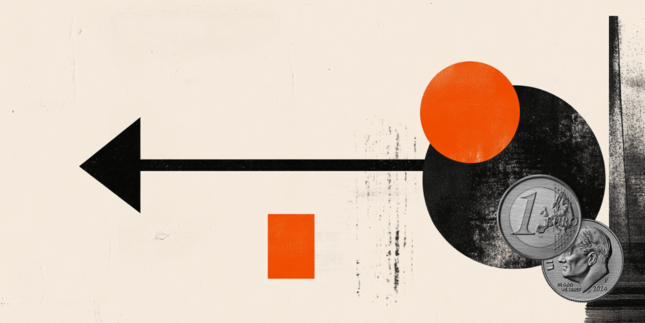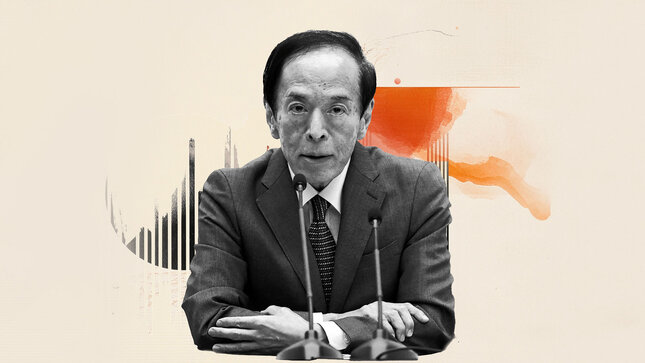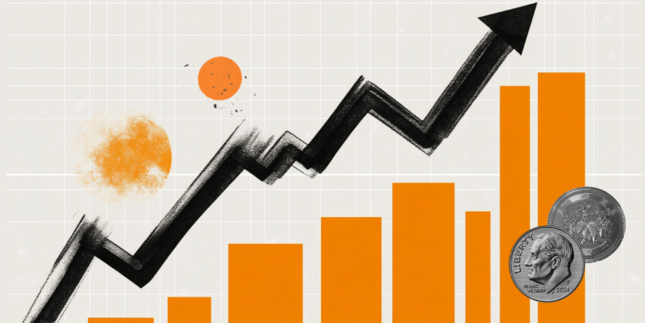-
Opps!
This language contents are not available!

AUD/JPY holds positive ground near 92.00 as BoJ keeps rate steady amid tariff uncertainty
- AUD/JPY gathers strength to around 91.90 in Thursday’s Asian session.
- BoJ kept interest rates steady at its May meeting, as widely anticipated.
- Australia’s Trade Surplus climbs to 6,900M MoM in March, besting estimation.
The AUD/JPY cross gains traction to near 91.90 during the Asian trading hours on Thursday. The Japanese Yen (JPY) trades slightly weaker against the Aussie after the Bank of Japan (BoJ) decided to keep its policy rate unchanged at its May meeting on Thursday. The attention will shift to the BoJ Press Conference later on Thursday.
The BoJ board members decided to leave the short-term interest rate target unchanged in the range of 0.40%-0.50% on Thursday, as widely expected. The Japanese central bank noted in the statement that the economy is likely to slow as trade policy impact slows global growth.
The BoJ noted that it’s important to carefully monitor factors such as developments in economic activity, and the central bank will continue to raise the policy rate if the economy and prices move in line with its forecast. Market players will closely monitor the press conference by BoJ Governor Kazuo Ueda, which might offer some hints about the interest rate path in Japan.
On the Aussie front, the upbeat Australian March Trade Balance data could boost the AUD against the JPY. The country’s trade surplus rose to 6,900M MoM in March, compared to the expectation of 3,130M and the previous reading of 2,852M (revised from 2,968M), the Australian Bureau of Statistics reported Thursday. The strong surplus was driven by a 7.6% rise in Exports and a fall of 2.2% in Imports for the month.
Bank of Japan FAQs
The Bank of Japan (BoJ) is the Japanese central bank, which sets monetary policy in the country. Its mandate is to issue banknotes and carry out currency and monetary control to ensure price stability, which means an inflation target of around 2%.
The Bank of Japan embarked in an ultra-loose monetary policy in 2013 in order to stimulate the economy and fuel inflation amid a low-inflationary environment. The bank’s policy is based on Quantitative and Qualitative Easing (QQE), or printing notes to buy assets such as government or corporate bonds to provide liquidity. In 2016, the bank doubled down on its strategy and further loosened policy by first introducing negative interest rates and then directly controlling the yield of its 10-year government bonds. In March 2024, the BoJ lifted interest rates, effectively retreating from the ultra-loose monetary policy stance.
The Bank’s massive stimulus caused the Yen to depreciate against its main currency peers. This process exacerbated in 2022 and 2023 due to an increasing policy divergence between the Bank of Japan and other main central banks, which opted to increase interest rates sharply to fight decades-high levels of inflation. The BoJ’s policy led to a widening differential with other currencies, dragging down the value of the Yen. This trend partly reversed in 2024, when the BoJ decided to abandon its ultra-loose policy stance.
A weaker Yen and the spike in global energy prices led to an increase in Japanese inflation, which exceeded the BoJ’s 2% target. The prospect of rising salaries in the country – a key element fuelling inflation – also contributed to the move.
Forex News
Keep up with the financial markets, know what's happening and what is affecting the markets with our latest market updates. Analyze market movers, trends and build your trading strategies accordingly.



















